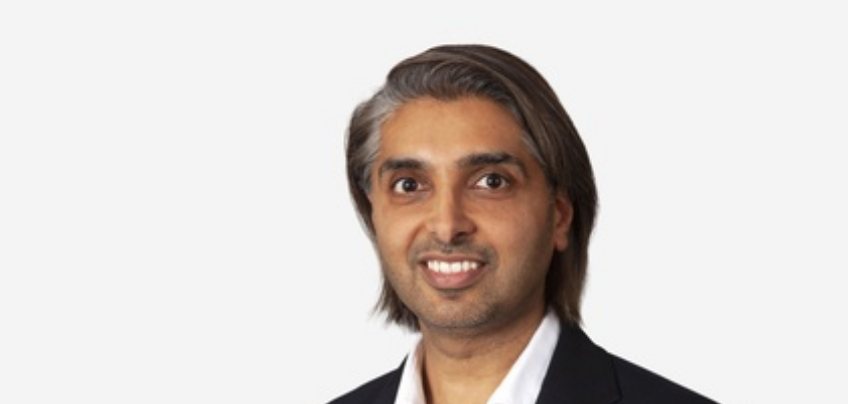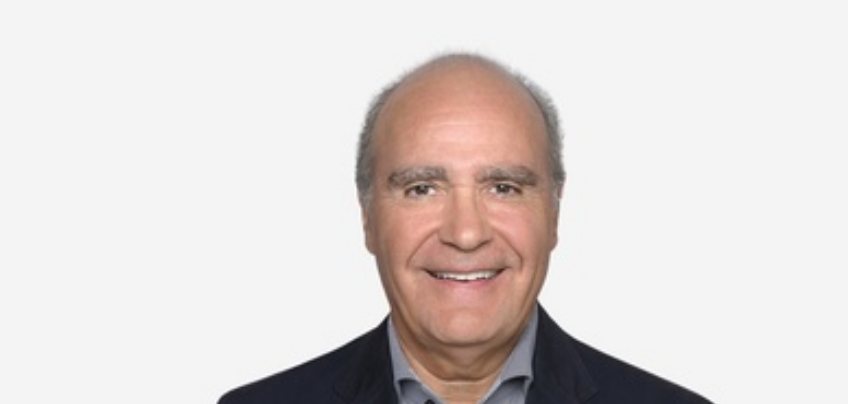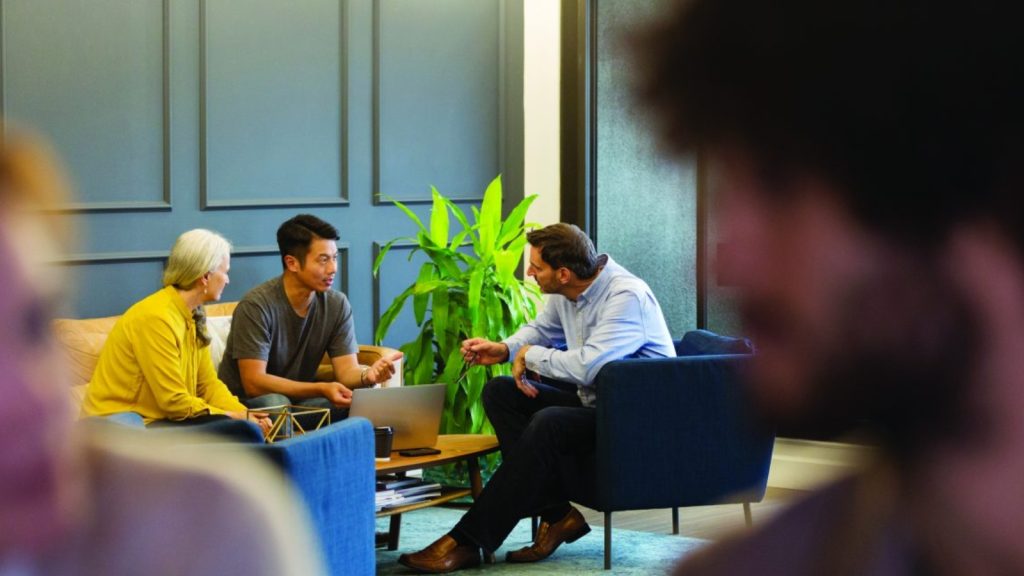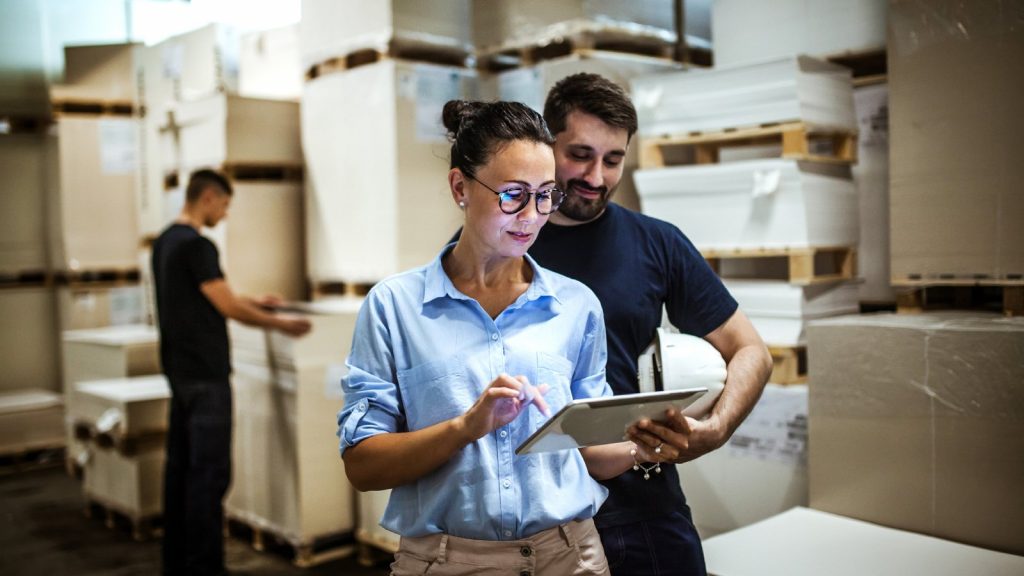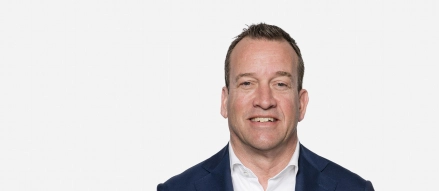
Getting the balance right: how technology and sustainability complement each other
Perspectives
Getting the balance right: how technology and sustainability complement each other
Mon 11 Dec 2023
Business models across the consumer sector have shifted, as companies adapt to a new, multi-channel world, rather than simply putting physical products on store shelves. Shoppers’ conflicting demands – as both consumers and citizens – are creating new and sometimes contrary pressures on the sector. As consumers, shoppers expect personalised, algorithm-driven recommendations and one-click purchasing, while as citizens they hope for data privacy and look for companies they can trust with their data.
As detailed in our ‘Sustainable, smart and synchronised: using technology to accelerate the ESG transition’ report, the impact of environmental, social and governance (ESG) on the sector brings new strategic choices, each with their own opportunities and challenges. To adapt to these complex demands and be future ready, consumer companies need to shift to business models that are synchronised, realising that both technology and sustainability can complement each other. But how do they do that? And how can they overcome some of the challenges they face in transforming themselves?
Awareness is not an issue: according to the 2023 edition of our annual C-suite barometer, transforming technology (34%) and having a revised sustainability strategy (30%) are the top two strategic priorities for leaders in the sector over the next three to five years.
For Asam Malik, a Partner at Mazars in the United Kingdom, a lack of knowledge at board level often holds companies back. “Organisations are often very traditional in their structure at board level,” he says. “Often there will not be anyone with either a technology or ESG background. If you are using technology to drive change, but the makeup of the leadership team does not have that experience, it creates two issues. First, they will not understand the opportunity on offer because they have not lived it. Second, they will not understand the risk around it.”
Introducing a “culture of change” can be a way to combat that in more mature businesses, according to Marc Engel, a Partner at Mazars in the Netherlands. Older legacy technology, meanwhile, can also hold some businesses back, especially in the enabling back-office or support functions. “If you have built your new digital channels applying new technologies to support a personalised customer experience we often see that support functions – such as supply chain, finance and IT – who are still running on legacy technology have difficulty coping with the required speed, flexibility and scalability. This requires integrated strategy and transformation of processes, IT and data. It is far easier to start a brand-new company or department using new tools and processes supporting the complete value-chain than try to change parts of the current infrastructure that you have,” Marc believes.
Another issue is keeping up with the speed of innovation at play. “Introducing tools and technologies in order to automate or enhance processes is a challenge because of the speed of innovation at play,” Patrick Zerbib, a Partner at Mazars in the United States, believes. “Technologies are evolving so rapidly that there’s a risk that whatever you’re putting in place could be superseded by the time you implement it.” Asam agrees, arguing that “innovation is almost becoming business as usual, because there is not a day goes by where someone has not produced a new way of leveraging ChatGPT, or a new business intelligence tool. Keeping up to date is a real challenge”.
The devil is in the (data) detail
At the heart of any transformation lies data. For Patrick, the goal for businesses should be to become a truly “data driven organisation” which means “starting with data strategy, governance, management and infrastructure before doing some insightful analysis”.
Vital to succeeding at that lies a perennial issue: data quality. It presents a particular problem for an organisation about to embark on an ESG transformation. “Businesses often don’t know what data they’ve got or how to use it and, when it does come through, the quality isn’t there either,” Asam says. “Sometimes it will be a cobbled together dashboard that, when looked at objectively, could be argued is just something that’s been created to suit a particular narrative the company wants to portray.” The way to get it right, he believes, is to “create real time interfaces to key systems and third parties into a live ESG dashboard”. By doing that, he says, “a senior leadership team can see where its business is against all the metrics it deems critical for ESG”.
For Patrick, the consumer sector is getting to the tipping point where big data – large, diverse sets of information that grow at ever-increasing rates – is becoming a factor. “Before, companies were just focused on understanding trends, but some of the data wasn’t as granular as it could have been,” he says. “Big data was unthinkable before, because the tools and technology were not available to efficiently manipulate, search and analyse such massive volumes of data. Now they are.”
The opportunity of that is huge. Businesses will be able to completely reimagine products and processes, unlock operational efficiencies, and facilitate models that encourage reuse, rental and resale. It can also be used to improve the customer experience. Consumer businesses are driving a more personalised experience for their customers, according to Marc. That means they will be able to have a much deeper understanding of their customers’ behaviour, often down to an individual level.
Achieving a successful digital transformation
With so many factors in play, knowing where to start on a transformation can be hard. “Having a digital first mindset and a vision on the impact of it is key,” Marc says. Once that is established there are several steps a business needs to go through, according to Patrick. “Start with the strategy layer, which will give a roadmap that includes how to transform the various parts of the organisation. Next is the enablement part, which means putting in place the technology that is necessary to sustain and support the project.
“Once that infrastructure is in place, a business needs to implement the tools and technology to gather, manage and mine the data. Finally, is the organisational change which looks at a business’s people and culture. Managing the change internally is key, as is protecting the business and managing the risk.”
While many consumer companies are already engaging with digital technology, such as using data to rethink value chains or leveraging artificial intelligence to gain efficiencies, a new opportunity is presenting itself. “What’s interesting to me in the consumer sector is how to overlay ESG strategy, which can become pretty complex, with a digital transformation,” Patrick says. “In retail there is already a demand for calculating the environmental cost for each stock keeping unit. That could become something that is done for each product and service too.”
By dove-tailing technological transformation with ESG in this way, companies in the sector can strategically and systematically future proof themselves for the evolving, often contrary demands of today’s consumers.
Download ‘Sustainable, smart, and synchronised


